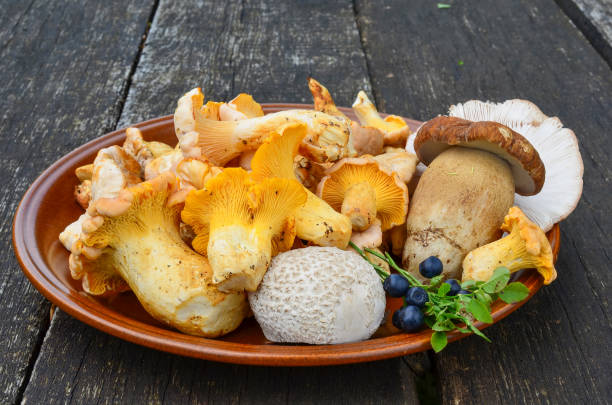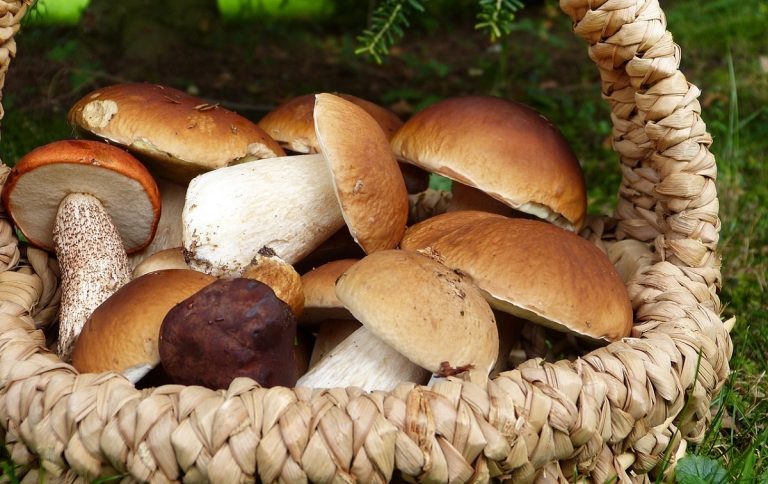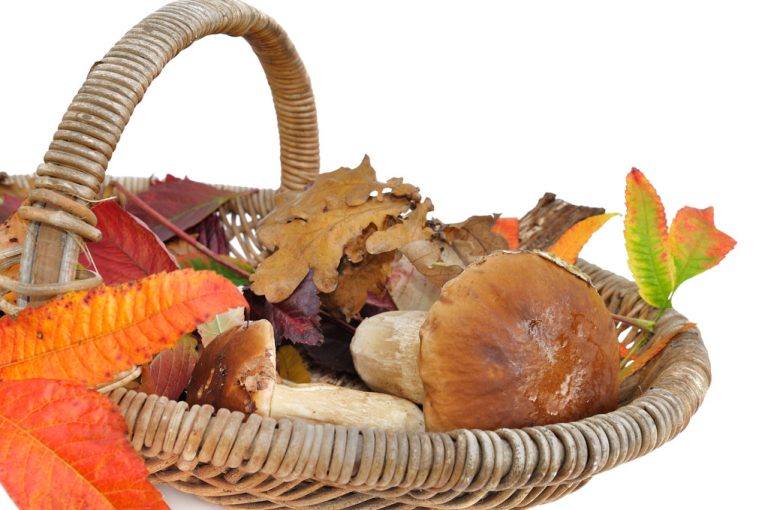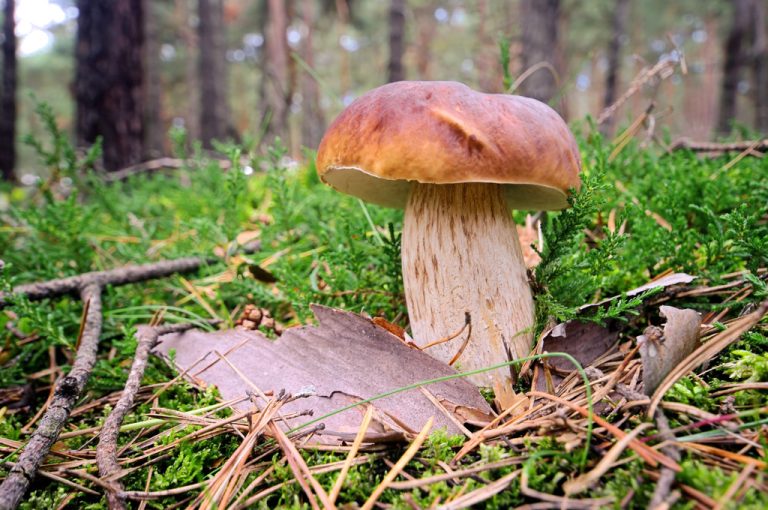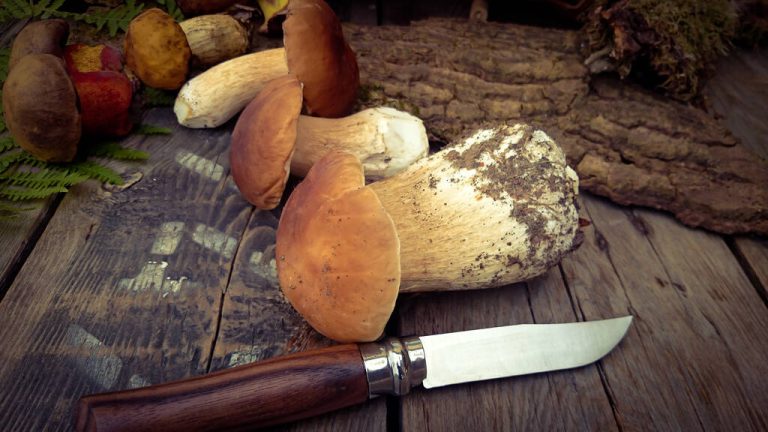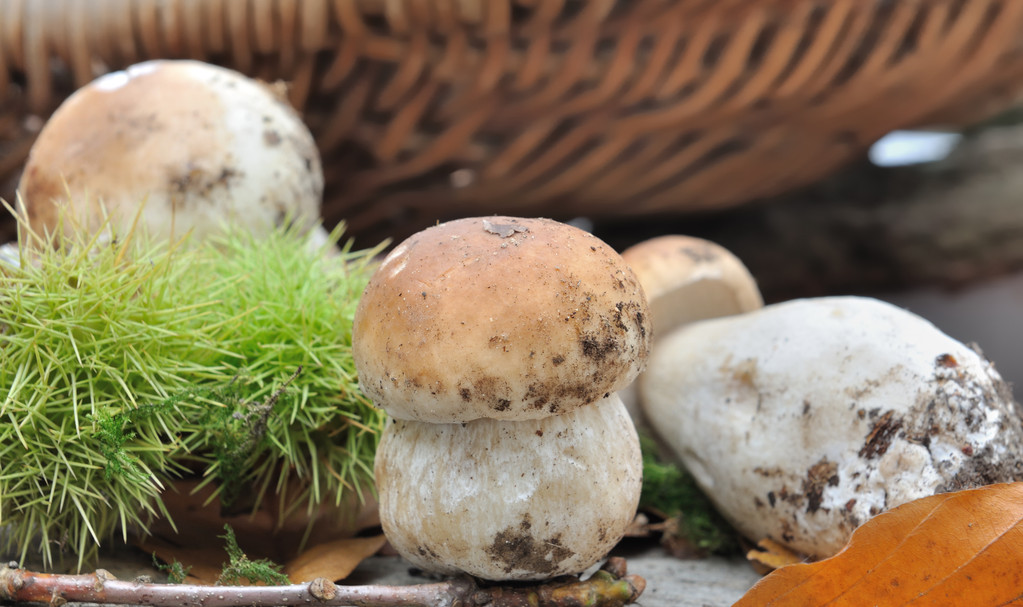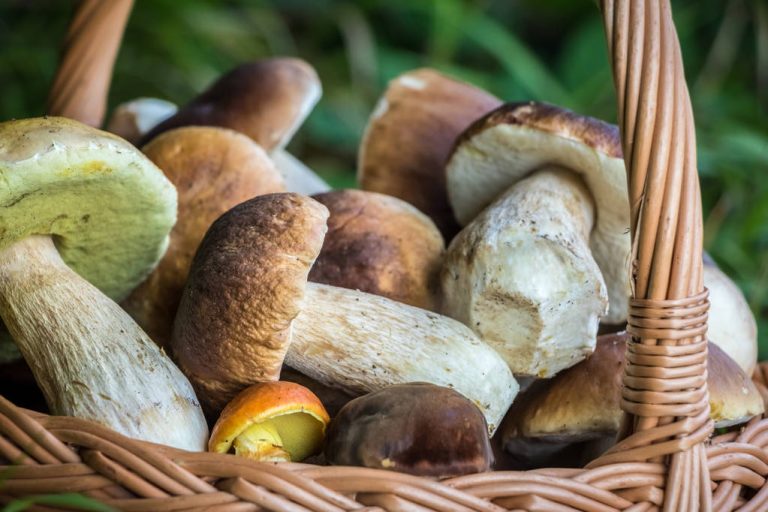If you confuse a porcini mushroom with other mushrooms, this is not a problem as there are no poisonous doubles. In this article you will find out which other mushrooms you could confuse the porcini mushroom with.
One of the most popular edible mushrooms is the porcini mushroom, also known as the porcini mushroom. The porcini mushroom belongs to the thick boletus family and lives in root symbiosis with trees. The name spruce boletus, which is common in some places, indicates that the boletus is often found under spruce trees.
There are no poisonous doubles for the porcini mushroom, but it can happen that you confuse it with the common gall boletus and thick-stemmed specimens of the chestnut boletus.
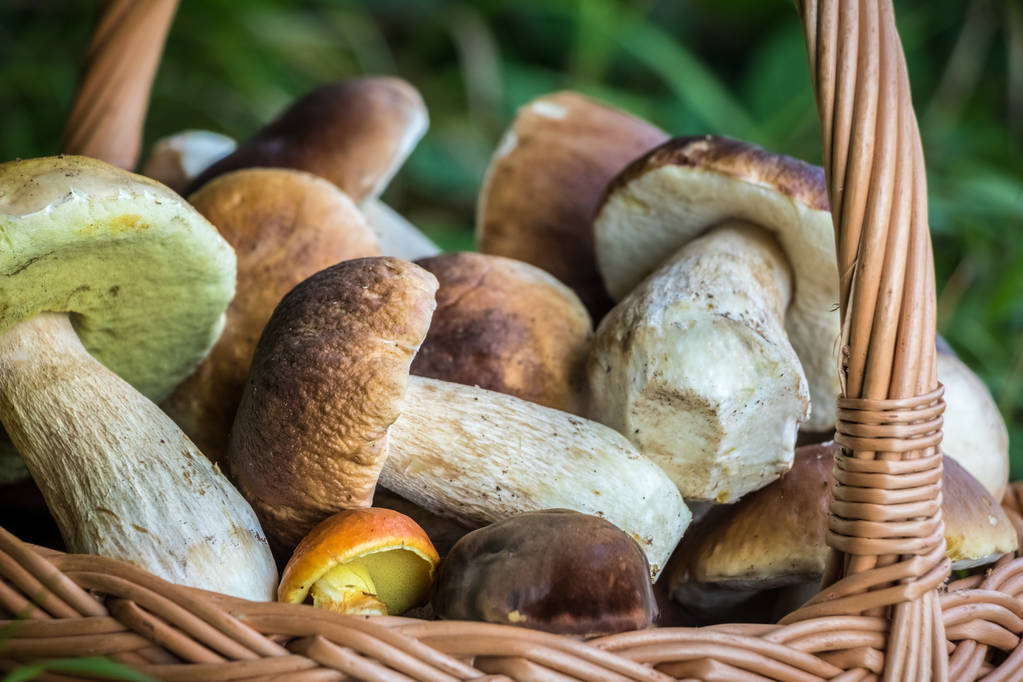
Characteristics of the boletus
The dark brown hat of the porcini can reach a diameter of up to 25 centimeters. The robust, bulbous stem is an average of ten centimeters long and reaches a diameter of two to eight centimeters at the base. In the transition to the cap, the handle is significantly narrower. On the underside of the cap you can see whitish tubes on young porcini mushrooms, which take on a yellow-green color with age.
The porcini has light, firm flesh and tastes pleasantly nutty. Porcini mushrooms do not have a special smell. In older specimens, the pores under the cap are often infested with vermin. Therefore, you should pay attention to this before preparing it in the kitchen and detach the spongy tubes from the cap. The pores hardly change color when pressure is applied.
Boletus mistake: common gall boletus
The common bile boletus belongs to the thick boletus family and is therefore related to the porcini mushroom. Hence the similarities. The common bile boletus is also called bitterling and is not considered an edible mushroom due to its extremely bitter taste. This means that the common bile boletus is not poisonous but inedible.
The most important characteristic, in order not to confuse the common bile boletus with the porcini mushroom, is the color of the pores. The bile boletus has whitish tubes under the brown cap that turn pink with age. The stalk of the bile boletus is slightly darker and veined like a net. The odor of the gallbladder is unpleasant. The flesh has an extremely bitter taste. Therefore, the bile boletus is not popular in the kitchen at all, since a single fungus can spoil the whole dish.

Chestnut boletus vs. porcini
The chestnut boletus also belongs to the thick boletus family and is related to the porcini mushroom. In the vernacular, the chestnut boletus is also called “Marone” because the dark brown hat in the moss looks similar to chestnuts.
The cap of the young chestnut boletus has a hemispherical shape and later becomes irregularly curved. The diameter is up to fifteen centimeters. The whitish tubes, which turn olive yellow when old, are striking and turn blue when pressure is applied. The light flesh also turns blue when you cut the mushroom. This has also earned it the name “blue mushroom”. The stalk, which is shaped like a cylinder, is brownish in color and lighter than the cap and is significantly slimmer than that of the porcini mushroom. The chestnut boletus smells pleasantly slightly sour and is a popular, tasty edible mushroom.
If the pressure point on the tubes and the cutting point on the stem turn blue, it is not a porcini mushroom but a chestnut boletus. You can rule out the additional confusion of the chestnut boletus with the bile boletus by the taste test. Since the chestnut boletus is a tasty edible mushroom, you can harvest it as soon as you have ruled out confusing it with the gall boletus.

